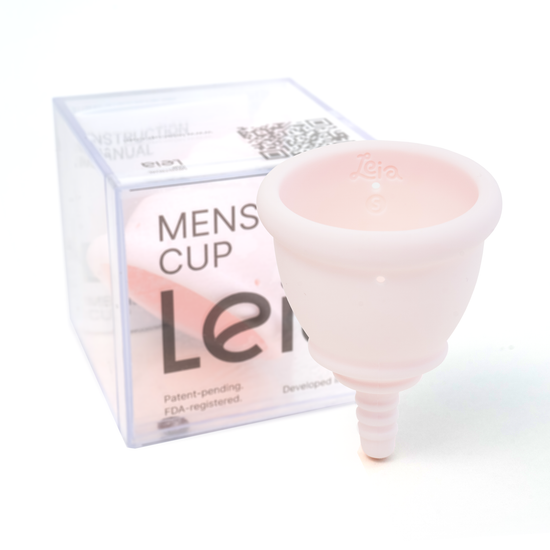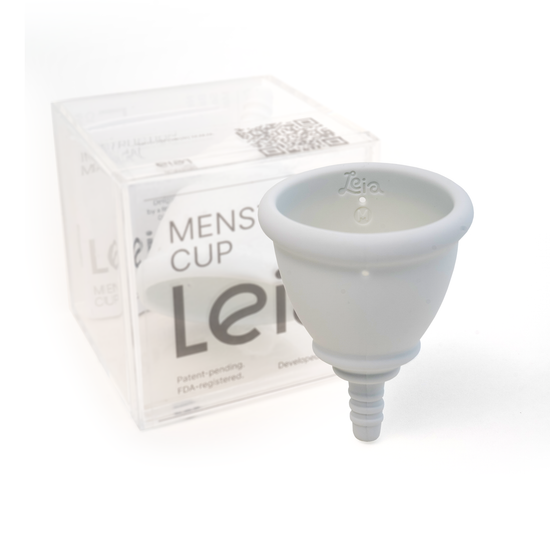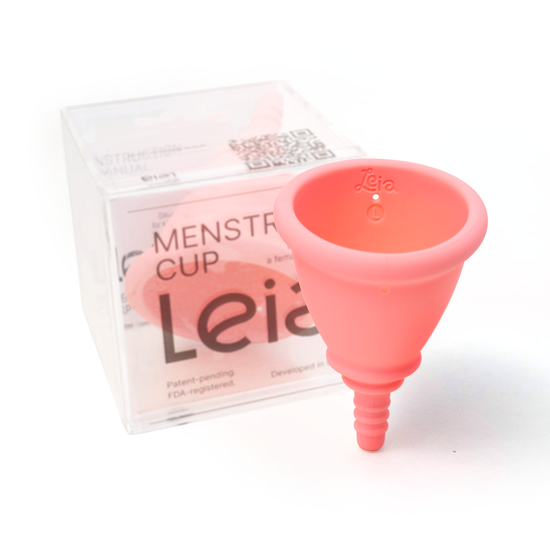Once you've made the switch to a menstrual cup, proper maintenance is crucial for its longevity, hygiene, and your continued comfort. Understanding how to clean, store, and care for your cup is essential to ensure its effectiveness and extend its lifespan. In this article, we will provide you with essential tips and guidelines on maintaining your menstrual cup, so you can confidently navigate your menstrual cycle with ease.
Cleaning Your Menstrual Cup
- Pre-Use: Before using your cup, make sure to thoroughly wash your hands with soap and water. Rinse the cup with warm water to remove any dust or debris.
- During Your Cycle: Empty the cup every 4 to 12 hours, depending on your flow. To clean the cup during your cycle, simply empty the contents into the toilet, rinse the cup with warm water, and reinsert it. If water is not readily available, you can wipe the cup with a mild, unscented, and non-toxic menstrual cup wipe or a clean tissue.
- End of Your Cycle: At the end of your cycle, it's important to give your cup a thorough cleaning. Rinse the cup with warm water and then wash it with a mild, unscented, and pH-balanced soap specifically designed for menstrual cups. Avoid using harsh chemicals, fragrances, or scented soaps, as they can cause irritation and compromise the cup's material.
- Sterilization: It's recommended to sterilize your cup before and after each menstrual cycle. You can do this by boiling the cup in water for 5-10 minutes or using a specialized menstrual cup sterilizing solution. Avoid using bleach or other abrasive chemicals, as they can damage the cup.
Proper Storage
After cleaning and sterilizing your menstrual cup, it's important to store it properly to maintain its cleanliness and shape:
- Breathable Container: Store your cup in a breathable cotton pouch or a specially designed menstrual cup container. Avoid airtight or plastic containers, as they can trap moisture and promote bacterial growth.
- Avoid Direct Sunlight and Extreme Heat: Keep your cup away from direct sunlight and extreme heat, as this can cause degradation of the cup's material.
Longevity and Replacement
With proper care, a high-quality menstrual cup can last for several years. However, it's important to monitor the condition of your cup and replace it when necessary:
- Regular Inspection: Periodically examine your cup for signs of wear, such as discoloration, tears, or a sticky or tacky texture. If you notice any damage, it's time to replace your cup with a new one.
- Recommended Replacement: While the lifespan of menstrual cups varies depending on the brand and usage, most manufacturers recommend replacing your cup every 1 to 5 years. Refer to the specific guidelines provided by the cup's manufacturer.
Tips for Traveling and Public Restrooms
Managing your menstrual cup while traveling or using public restrooms requires a few additional considerations:
- Clean Water Availability: In situations where clean water is limited, you can use a bottle of water or pre-filled water bottle to rinse your cup. Alternatively, you can use unscented, alcohol-free menstrual cup wipes to clean it.
- Emptying in Public Restrooms: If you need to empty your cup in a public restroom, simply empty the contents into the toilet, wipe the cup with toilet paper or a menstrual cup wipe, and reinsert it. Remember to wash the cup thoroughly with soap and water at the next available opportunity.
Proper maintenance of your menstrual cup is essential for its longevity, hygiene, and your overall comfort. By following the cleaning, storage, and care guidelines outlined in this article, you can ensure a clean and effective menstrual cup experience. Regular cleaning, proper storage, and periodic inspection will help you get the most out of your cup, saving you money and reducing waste in the long run. Embrace the convenience and sustainability of menstrual cups by maintaining them effectively and confidently navigating your menstrual cycle.




